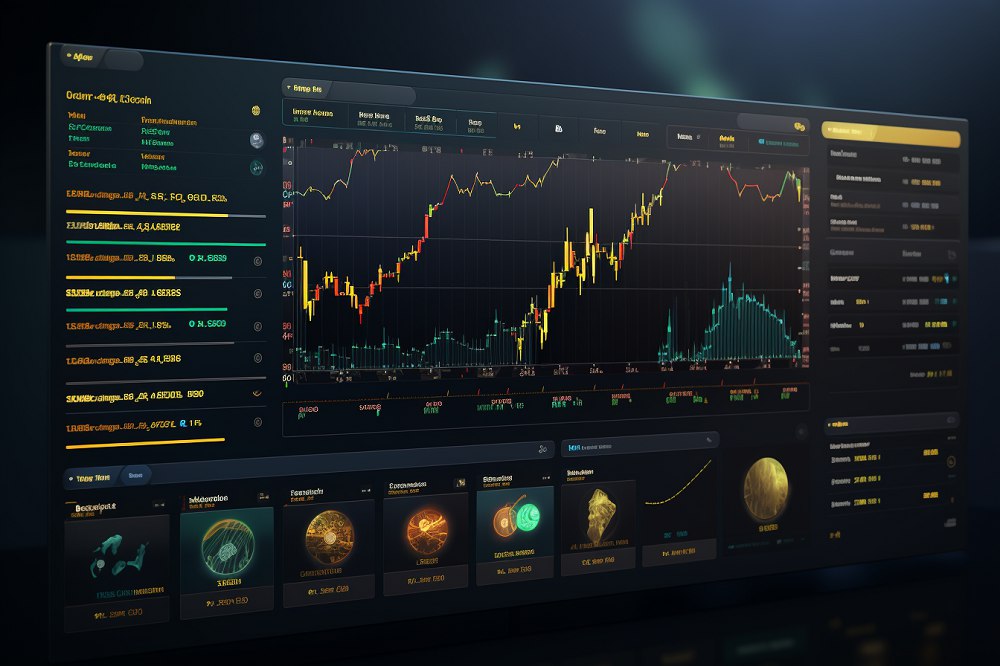Crypto Journalist Reveals Binance Approach
The Binance cryptocurrency platform has taken an unusual stance by introducing tokens for user access. Recent observations by respected crypto media outlet Wu Blockchain reveal the current shift, highlighting several tokens available for futures trading but noticeably absent for spot trading.
Wu Blockchain showcased a roster of tokens—KAS, BSV, PYTH, BONK, ORBS, BIGTIME, TOKENFI, and ETHW—available for futures trading. This significant departure from traditional listing practices has piqued the interest of crypto enthusiasts and traders, sparking debate about the reasons for this divergence.
Binance’s use of this approach suggests a potential shift in token accessibility, sparking speculation in the crypto community. The platform’s decision to exclude these tokens from spot trading while keeping them available for futures trading has sparked speculation about Binance’s overarching goals and potential impacts on the broader crypto landscape.
Mitigating Liabilities And Generating Gains
Binance’s unusual approach to token listings has been a recurring theme recently. Wu Blockchain states this shift is a strategic move aimed at generating fees while mitigating excessive liabilities.
The study emphasized the distinction between contract users, known for their resilience in the face of market fluctuations, and spot traders, who tend to scrutinize price drops more closely. Wu Blockchain noted a trend in which tokens were exclusively available for futures trading for extended periods before being introduced to spot trading, citing examples such as Blur.
According to the analysis, this approach demonstrates a token’s robustness and potential, as evidenced by its activities in the futures market. Binance’s deliberate strategy of limiting token availability to futures trading before transitioning to spot trading will depend on the token’s performance and market reception.
This method enables the platform to monitor the token’s strength and stability in a volatile market environment, potentially reducing backlash from spot traders. This strategy proves a token’s strength and aligns with the exchange’s efforts to provide its users with a diverse yet robust selection of assets.
Adhering To Regulatory Guidelines
Furthermore, Wu Blockchain explained that incorporating tokens for futures trading is more straightforward than including them in spot trading. According to him, there is a lack of complexities in futures trading, such as token custody or technical matching. Wu Blockchain predicted that Binance would continue to use this model for the foreseeable future.
It is worth noting that BTS, PERL, and TORN experienced a significant price drop after being delisted from the crypto exchange. As previously disclosed, Binance removed these tokens as part of its routine review procedure to ensure compliance with stringent standards for listed assets.
The exchange’s commitment to maintaining a high bar for listed tokens has been a consistent aspect of its operational strategy. Binance’s stringent review process aims to maintain quality, security, and compliance in its asset offerings, often affecting tokens that do not meet these rigorous standards.
